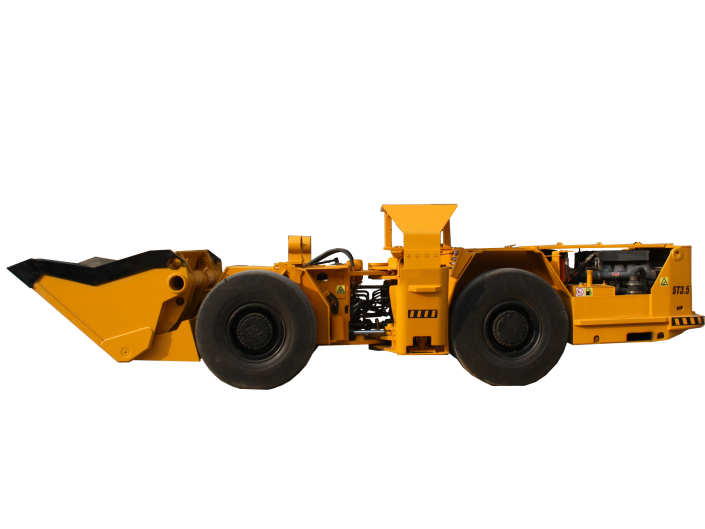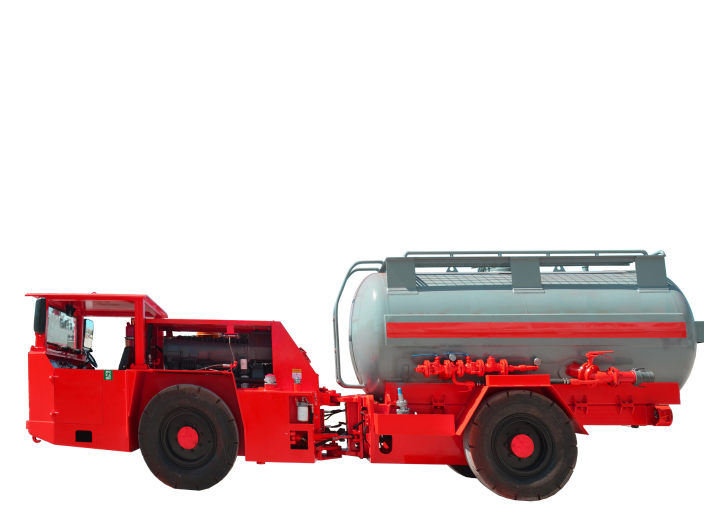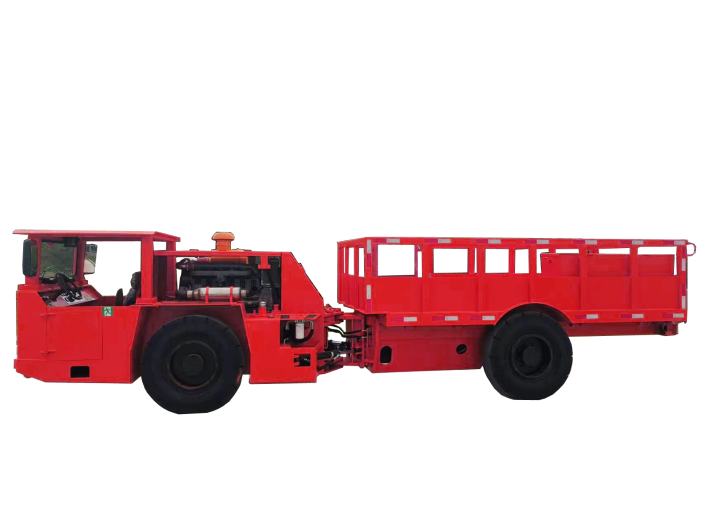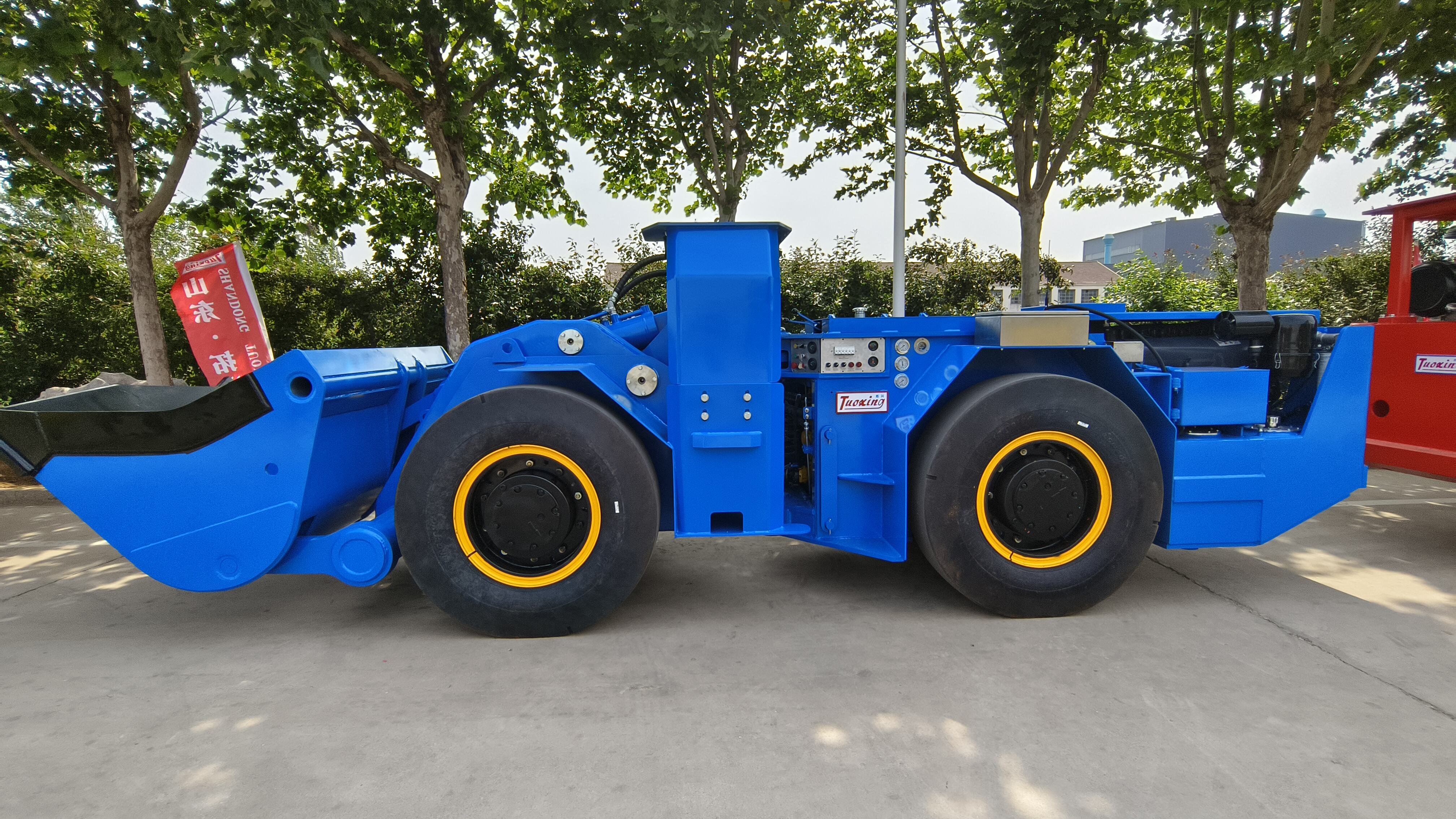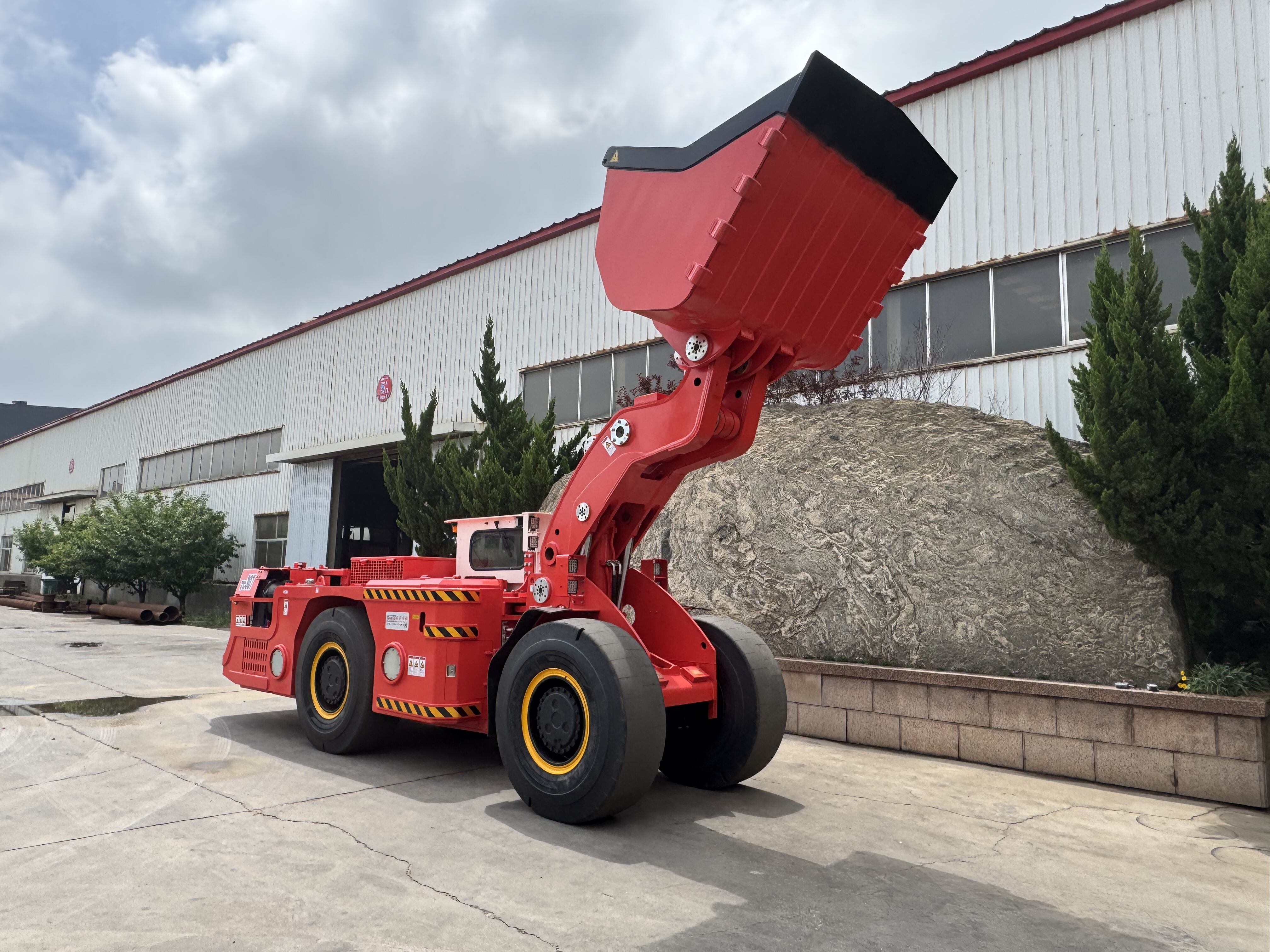underground hard rock mining
Underground hard rock mining represents a sophisticated method of extracting valuable minerals and metals from deep within the Earth's crust. This complex mining operation involves creating a network of tunnels and shafts to access ore bodies located far beneath the surface. The process begins with detailed geological surveys and exploration to identify viable mineral deposits, followed by careful planning of access points and extraction methods. Modern underground hard rock mining employs advanced technologies including automated drilling equipment, mechanical rock cutters, and sophisticated ventilation systems. The mining process typically involves drilling, blasting, mucking (removing broken rock), and hauling the ore to the surface for processing. Safety systems, including ground support mechanisms like rock bolts and shotcrete, are essential components that protect workers and maintain tunnel stability. Environmental monitoring systems track air quality, water levels, and structural integrity, while advanced communication networks ensure seamless coordination between surface and underground operations. This mining method is particularly valuable for extracting high-grade mineral deposits that are too deep for surface mining, including gold, copper, nickel, and uranium ores. The precision of underground hard rock mining allows for selective extraction, minimizing waste rock production and environmental impact compared to surface mining methods.

